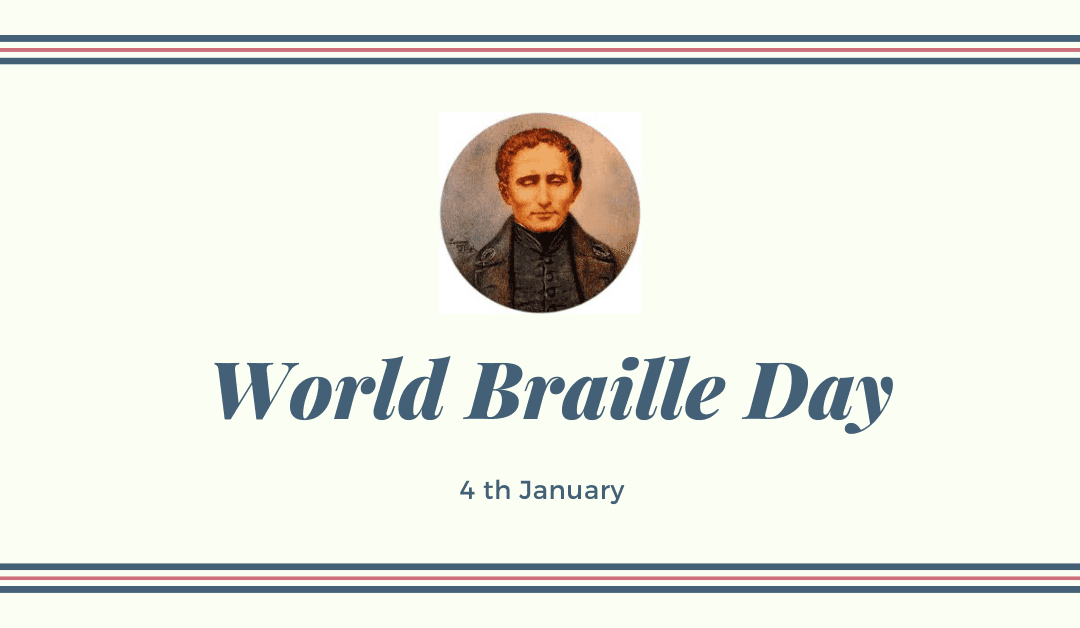World Braille Day
What is Braille?
Braille is a material portrayal of alphabetic and mathematical images utilizing six specks to speak to each letter and number, and even melodic, numerical and logical images. Braille (named after its designer in nineteenth century France, Louis Braille) is utilized by dazzle and halfway located individuals to peruse similar books and periodicals as those imprinted in a visual text style.
Braille is fundamental with regards to instruction, opportunity of articulation and assessment, just as social incorporation, as reflected in article 2 of the Convention on the Rights of Persons with Disabilities.
World Braille Day Theme
- Significantly under ordinary conditions, people with incapacities—one billion individuals around the world—are less inclined to get to medical services, training, work and to partake in the network.
- They are bound to live in destitution, experience higher paces of viciousness, disregard and misuse, and are among the most underestimated in any emergency influenced network.
- For the outwardly impeded, life under lockdown has represented a few issues regarding autonomy and disengagement, particularly for individuals who depend on the utilization of touch to impart their necessities and access data.
- The pandemic has uncovered how basically significant it is to deliver basic data in available configurations, remembering for Braille and discernible organizations.
- Something else, numerous people with handicaps could confront a higher danger of defilement because of an absence of access to rules and insurances to secure and lessen the spreading of a pandemic.
- Coronavirus has likewise underlined the need to escalate all exercises identified with advanced availability to guarantee computerized incorporation, all things considered.
- During the COVID-19 pandemic, numerous great practices have been actualized by parts of the United Nations framework to advance an inability comprehensive reaction to the COVID-19 and spread data in Braille.
- In Malawi, the United Nations Development Program (UNDP) has created 4,050 braille materials on mindfulness and avoidance of COVID-19.
- In Ethiopia, the Office of the United Nations High Commissioner for Human Rights (OHCHR) scattered sound data, and instruction and correspondence materials, to media experts, and has created Braille variants of the instructive messages. UNICEF has delivered directions that are accessible in numerous dialects and available organizations (counting Braille and ‘simple to-peruse’). ‘Coronavirus:
Considerations for Children and Adults with Disabilities’ tends to such issues as admittance to data; water, disinfection and cleanliness; medical care; schooling; youngster security; and emotional wellness and psychosocial uphold, just as contemplations for a comprehensive work environment.
World Braille Day, celebrated since 2019, is seen to bring issues to light of the significance of Braille as a method for correspondence in the full acknowledgment of the common liberties for dazed and halfway located individuals
Solve My Online Class aims to bring social responsibility awareness worldwide by providing International Event updates. .




